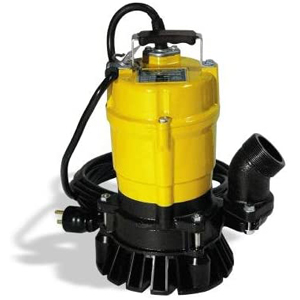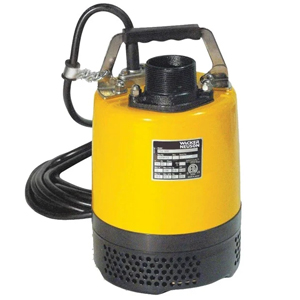Submersible pumps get their name from the fact that they can be submerged in liquid. Submersible pumps are often known as electric submersible pumps. Pump cavitation, which happens when there is a large differential in elevation between the fluid surface and the pump, is not an issue because they must be submerged. Because submersible pumps push water to the surface rather than dragging it, they are more efficient and consume less energy than jet pumps. A submersible pump’s motor is hermetically sealed inside the pump’s casing. This ensures that water does not get into contact with any electrical components.
In the home, submersible pumps are most commonly utilized to pump water out of a basement. They are, nonetheless, employed in a variety of industrial applications.
- Sewage Pumping – Pumping out septic tanks with submersible pumps is a good idea. The fluid is pumped through hoses into storage tanks before being sent to a treatment facility.
- Pumping for Industry – Submersible pumps are frequently utilized to remove surplus water from building sites or flooded basements. Slurries can also be pumped using them.
- Oil and Gas Industry – Submersible pumps can be used to pump oil from the ground to treatment and holding facilities above ground in onshore or offshore oil wells.
- Deep Well Drilling – A submersible Borehole pump is an excellent choice for drilling deep for water in a residence. Borehole pumps can extract water from considerable depths and transport it to holding tanks and dwellings.
- Irrigation techniques – An irrigation system can be supplied with water using submersible borehole pumps. They can be used in a series for industrial and agricultural irrigation.









